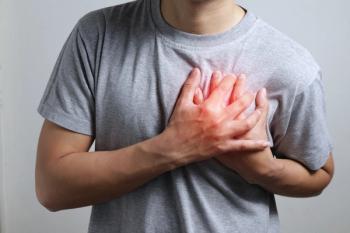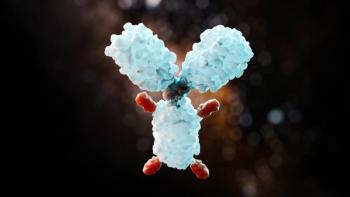
Sublingual Ketamine Demonstrated to Be Safe, Effective for Patients with Treatment-Resistant Depression
Research highlights that 6 doses of sublingual ketamine may be more effective than 3 doses, however both can ameliorate symptoms of anxiety and depression.
Prior literature has suggested ketamine may be an alternative pharmacological intervention for patients with depression. It is often delivered via intravenous (IV) infusion, but IV is not cost effective and requires presence in a medical setting. Researchers found a solution in sublingual (SL), rapid dissolving tablets (RDT) that are off-label and for at-home use.
A recent study found that novel SL ketamine is safe and effective for patients with treatment-resistant depression and treatment-resistant anxiety. As little as 3 doses of RDT therapy were found to improve almost half of patients with moderate to severe depression, which they reported on intake scores.
“The use of SL ketamine at home presents a promising approach in the treatment of [treatment-resistant depression],” wrote study authors in a recent article published in the journal Frontiers. “The improvements in depression and anxiety symptomology demonstrated in those who received as few as three at-home ketamine RDT present a safe, effective, and reasonable alternative to inpatient IV infusions of ketamine.”
Treatment-resistant depression is a form of major depressive disorder (MDD) that affects 30% of the 350 million patients with MDD worldwide. Treatment-resistant depression occurs when the patient does not respond to 2 or more first-line treatments of antidepressants—these patients were found to be at higher risk of suicide and other comorbidities.
A previous study determined that 3 doses of SL ketamine at 300/450 mg could produce better intake scores from the accredited Generalized Anxiety Disorder Screener (GAD-7) and Patient Health Questionnaire (PHQ-9) after 4 weeks. This retrospective review follows a similar trajectory, but assesses efficacy and safety of clinical self-administered, off-label ketamine in patients with treatment-resistant depression with symptoms of depression and anxiety on either 3 or 6 doses.
Among patients with moderate to severe depression, 50% improved intake scores with 3 doses—however, 60% of patients who took the clinically recommended 6 ketamine RDT treatment self-reported alleviated symptoms.
“Reductions in scores for those who had only received 3-RDT matched those who had completed 6-RDT, and it is reasonable to speculate that there would be maintenance of improvement with 3 additional RDT ketamine treatments,” study authors wrote in the article.
The findings also suggest that ketamine presents an alternative way to approach neurobiological modes when trying to understand symptoms of depression and anxiety. It is generally safe, with patients most at risk of minor adverse events that include nausea, dizziness, headache, and loss of balance.
The study does include some limitations, such as the retrospective nature of the study. Additionally, measures were self-reported, and researchers included no comparative placebo group. Further, researchers did not investigate the durability based on number of treatments.
“This study represents a step toward consideration of at-home, SL ketamine for treatment-resistant depression and treatment-resistant anxiety,” the authors wrote.
Reference
Hassan K, Struthers W, Sankarabhotia A, et al. Safety, effectiveness and tolerability of sublingual ketamine in depression and anxiety: A retrospective study of off-label, at-home use.Front Psychiatry. 2022;13:992624. doi:10.3389/fpsyt.2022.992624
Newsletter
Stay informed on drug updates, treatment guidelines, and pharmacy practice trends—subscribe to Pharmacy Times for weekly clinical insights.
















































































































































































































